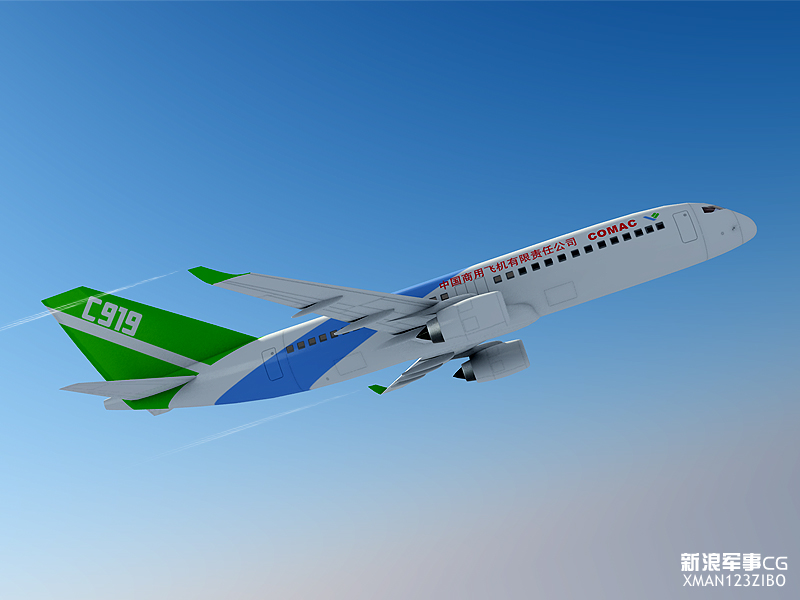By BA Staff
Shannon Engine Support (SES) today announced that it is expanding its extensive spare engine portfolio with the addition of a mix of 29 LEAP-1A/-1B engines, scheduled to begin delivery in 2016. The order is valued at more than $375 million U.S. at list price.
SES is the largest lessor of CFM56 and LEAP spare engines in the world. The company currently manages the CFM56 engine lease pool for the product support organization and will provide the same support for the LEAP engine family. Both CFM56 and LEAP engines are products of CFM International, a 50/50 joint company between Snecma (Safran) and GE.
Julie Dickerson, managing director of Shannon Engine Support said:
Shannon Engine Support (SES) today announced that it is expanding its extensive spare engine portfolio with the addition of a mix of 29 LEAP-1A/-1B engines, scheduled to begin delivery in 2016. The order is valued at more than $375 million U.S. at list price.
SES is the largest lessor of CFM56 and LEAP spare engines in the world. The company currently manages the CFM56 engine lease pool for the product support organization and will provide the same support for the LEAP engine family. Both CFM56 and LEAP engines are products of CFM International, a 50/50 joint company between Snecma (Safran) and GE.
Julie Dickerson, managing director of Shannon Engine Support said:
“We very excited about this purchase. Over our 25 year history, we have become the CFM56 spare engine lessor of choice for airlines and MRO providers alike. Adding the LEAP engine to our portfolio is a big step in implementing our long-term strategy to offer a comprehensive spare engine offering across the entire CFM56 and 2LEAP engine operator base. We have made some major investments in the last two years and we look forward to our customers reaping the benefits.”


























